Sports are supposed to make kids strong, healthy, and confident. In a perfect world, they’re the ultimate school of life, teaching them how to win, lose, and be part of a team. As parents, we sign our kids up for sports with a simple, noble thought: "I want them to be happy and find their passion." And, of course, deep down, we hope that one day it'll be our kid lifting a championship trophy. There’s nothing wrong with that.
But there's a problem. A massive one. The system we've built to chase that dream is, in fact, an injury-producing assembly line. And it runs with the efficiency of a Swiss watch.
The statistics are staggering: every year, over 200,000 kids suffer sports-related injuries. And these aren't just scraped knees. We're talking about serious damage that shatters not only bones, but dreams.
The most astonishing part of this story? No one is to blame. There's no evil plot. All of us—parents and coaches alike—have fallen into a colossal, almost comical trap. We've simply mistaken physical development for talent. And that mistake is costing our children their health.
The Great Deception: Why Kids of the Same Age Have Different Potential
Imagine a gardener who plants two acorns. After a year, one seedling has shot up, tall and sturdy, while the other has barely broken through the soil. An impatient gardener would surely declare, "This is the future king of the forest! It gets all my attention, the best soil, and the most sunlight." He wouldn't even glance at the second seedling, writing it off as a dud. But he isn't judging the tree's potential, only its initial growth rate. Sound foolish? Welcome to the world of youth sports selection.
This phenomenon, which scientists politely call the Relative Age Effect, is basically the biggest and most absurd bouncer at the velvet rope of elite sports.
Here’s how it works, and it’s ridiculously simple. Let's say a hockey team is recruiting kids born in 2018. A boy born in January is nearly 12 months older than his teammate born in December. For a six-year-old, that's not a gap. That's a geological epoch.
The January kid is, naturally, bigger, stronger, and faster. The coach, who wants to win (and who doesn't?), looks at this mini-Hulk and thinks, "There he is! A prodigy! A future star!" He then looks at the December kid with pity. Small, scrawny... "no future." By favoring the older, stronger kid, he might be completely missing the other child's strengths. Never mind that this is an age where they shouldn't be playing for score in the first place; the approach itself is just cruel.
The statistics are stubborn. In the world's top academies, the number of kids born in the first quarter of the year is 3 to 4 times higher than those born in the last. With a persistence worthy of a better cause, we mistake physical maturity for God-given talent. We filter out future geniuses simply because their parents were, ahem, busy with other things at the beginning of the year. And the most frustrating part is that there is no scientific data to prove that early physical development and childhood success guarantee a championship title in adulthood. Often, the exact opposite happens.
So, What's the Root of the Problem?
The epidemic of injuries and broken careers stands on two pillars.
The first is parental and coaching ambition multiplied by overload. We see a flicker of talent and flip the "I want a champion" switch to ON. Daily practices, extra skating drills in the evening, cross-country runs on weekends—all of this is dumped on a body that is still, essentially, a construction site. Let's be realistic: statistics show that from an entire recruitment year of 40-70 kids, only one, at best, will make it to professional sports. One! And less than 0.1% of all participants make it to the elite level. Is the health of the other 69 kids worth that lottery ticket?
The second is early competition and physical imbalance. The system itself pushes kids into gladiatorial combat. When a 10 or 12-year-old starts playing high-stakes games for a result, and a physically mature player collides with one who hasn't developed yet, the game stops being a contest of skill and thought. It becomes a contest of pure physics and aggression. This creates colossal pressure—both physical and psychological—at an age when kids should just be learning and enjoying the game.
Bio-Banding: A Dose of Common Sense from England
While we're busy competing to see who can wreck their kids' health the fastest, they've come up with an antidote in enlightened Europe, specifically in English football. It's called bio-banding.
It sounds scientific, but the concept is simple. Instead of grouping kids by chronological age (from their birth certificate), they group them by biological age (by their body's maturity).
How does it work? Simple tests are used to determine a child's "skeletal age." In short, how much their skeleton matches their passport age. Kids are then grouped so that teammates are at a similar level of physical development.
What does this achieve?
- Creating a Safe Environment. Bio-banding essentially introduces "weight classes," just like in boxing. It puts an end to the absurd situation where a lightweight is constantly forced into the ring with a heavyweight. As a result, the game becomes vastly safer because success depends not on the ability to run over an opponent, but to outplay them.
- A Focus on Game Intelligence, Not Size. When the physical advantages are neutralized, the most valuable currency on the field becomes the mind. This allows coaches to see true game intelligence, technique, and decision-making speed that might have otherwise been smothered by sheer physical force. The late-blooming but brilliant playmaker finally gets a chance to shine.
- Psychological Comfort. Players no longer feel "too big" or "too small." The late bloomers get to be leaders, and the early bloomers learn to rely on their wits, not just their physique.
However, bio-banding isn't a silver bullet; it's just one tool. It doesn't solve the problem of inflated ambitions and the premature chase for results. That's why in some countries, like in Scandinavia, kids don't even play for a score until they're 12 or 13. The philosophy is simple: let kids develop peacefully and enjoy the process. The time for fierce competition will come later. If it comes at all.
What's to Be Done? A Practical Checklist
This is a systemic problem, but the change starts with you.
For Parents: Your child is not your project or your investment. Your job is to help them grow up healthy and happy. Before you sign them up for a team, ask the coach a few simple questions:
- What is your goal?
- Do you create personalized development plans for the kids?
- Is the focus on developing game sense or on physical attributes?
- At what age do you start introducing serious strength training?
If the coach looks at you like you're an idiot and says something like, "the strongest will survive," run. A major red flag is "you have to push through the pain."
Every coach should have a personal training plan that is constantly changing and adapting for each child. Development is only possible by maintaining personalization and proper timing.
For Coaches and Clubs: Stop chasing short-term trophies. Your job is the long-term development of players.
- Study the latest trends. Start implementing personalized training programs for different kids.
- Organize game festivals. Give kids a chance to feel like leaders and simply have fun.
- Shift the focus from "physique" to "technique and intelligence." A player who understands the game will always be more valuable than one who is just big and strong.
- Educate yourselves. Read the research. The world of sports science is not standing still.
In Conclusion
We are obsessed with early specialization and early victories. We want to see results here and now. But the chase for a gold medal at age 10 too often turns into a trip to the surgeon at 15.
Maybe it's time to stop? To stop seeing children as machines for winning medals and start seeing them as just kids who love to play. Our job is not to get in their way, but to help them. To create a system that will raise not only champions, but healthy, confident people.
Otherwise, one day we will look back and realize that we have built the world's largest graveyard of athletic talent. Right on the ruins of childhood dreams.
By Vitaliy Zarubin
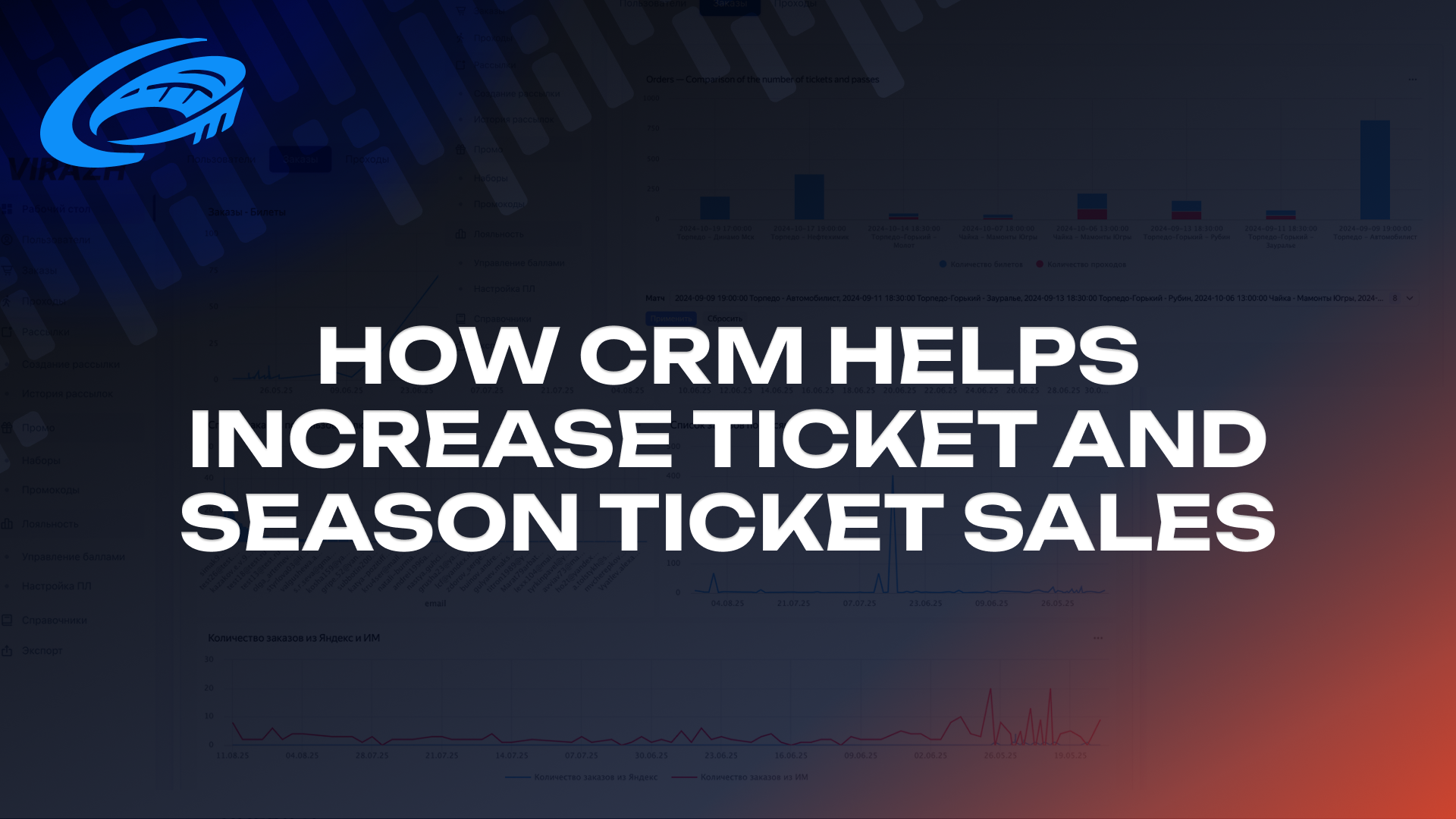
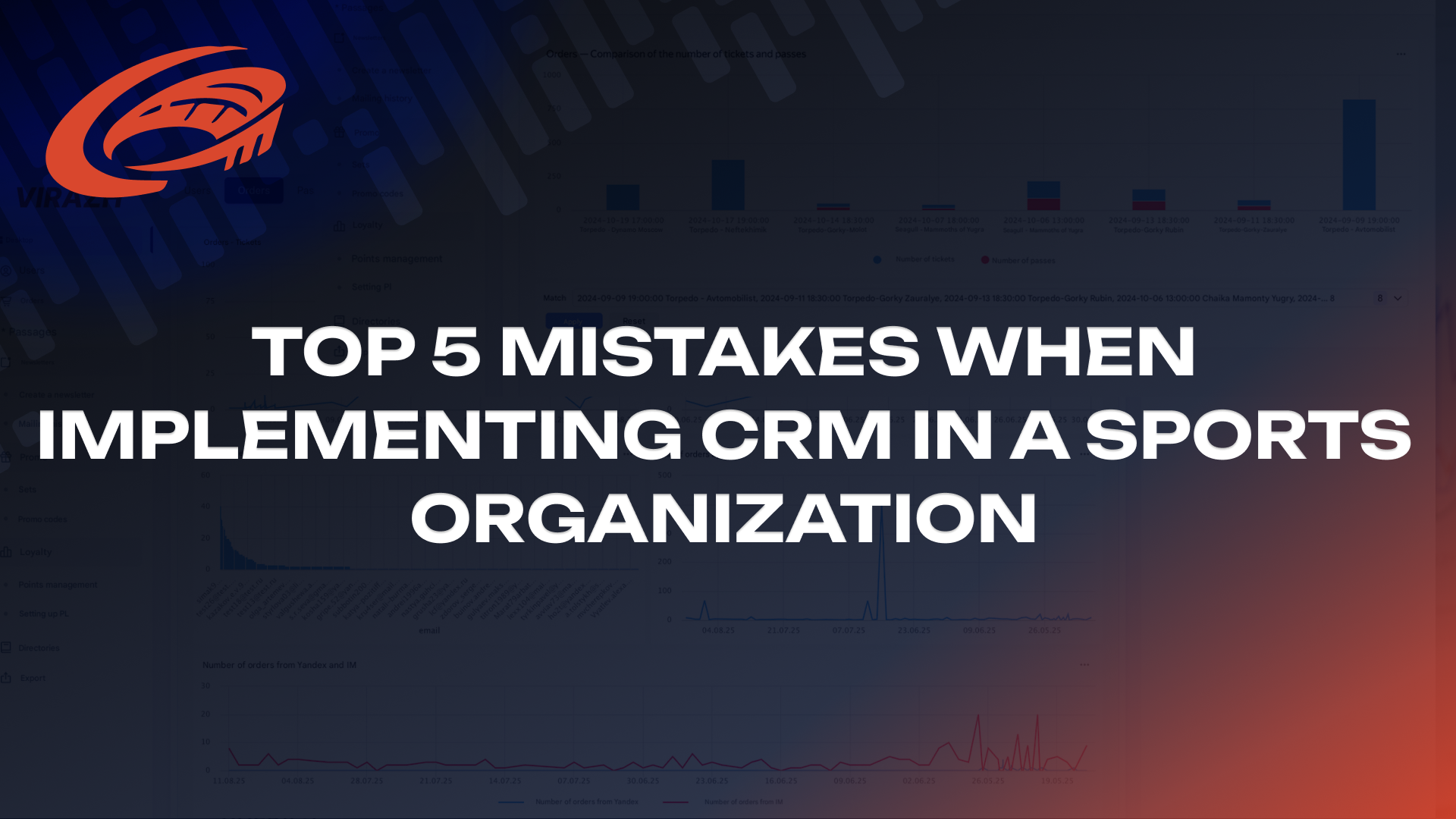






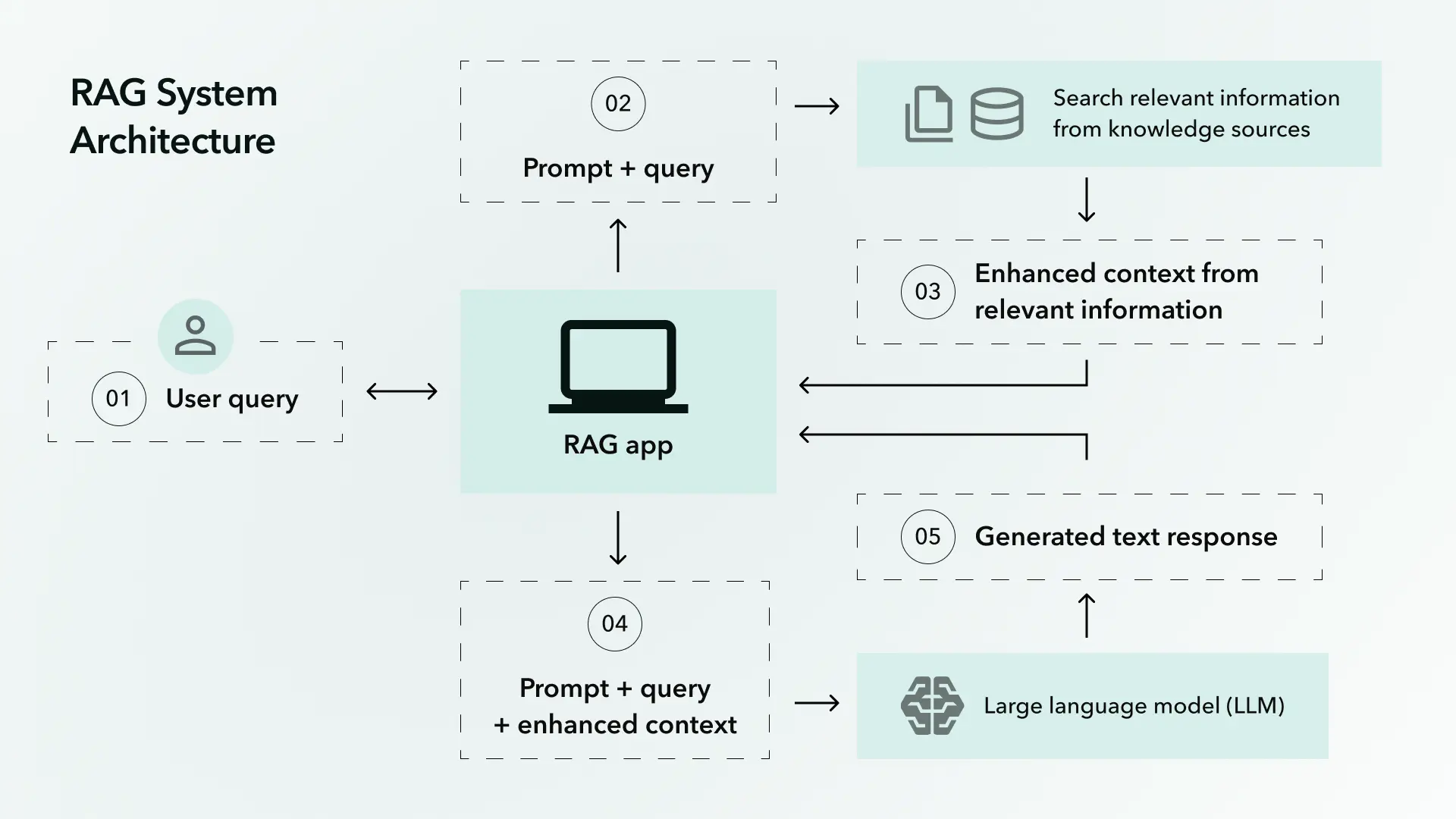




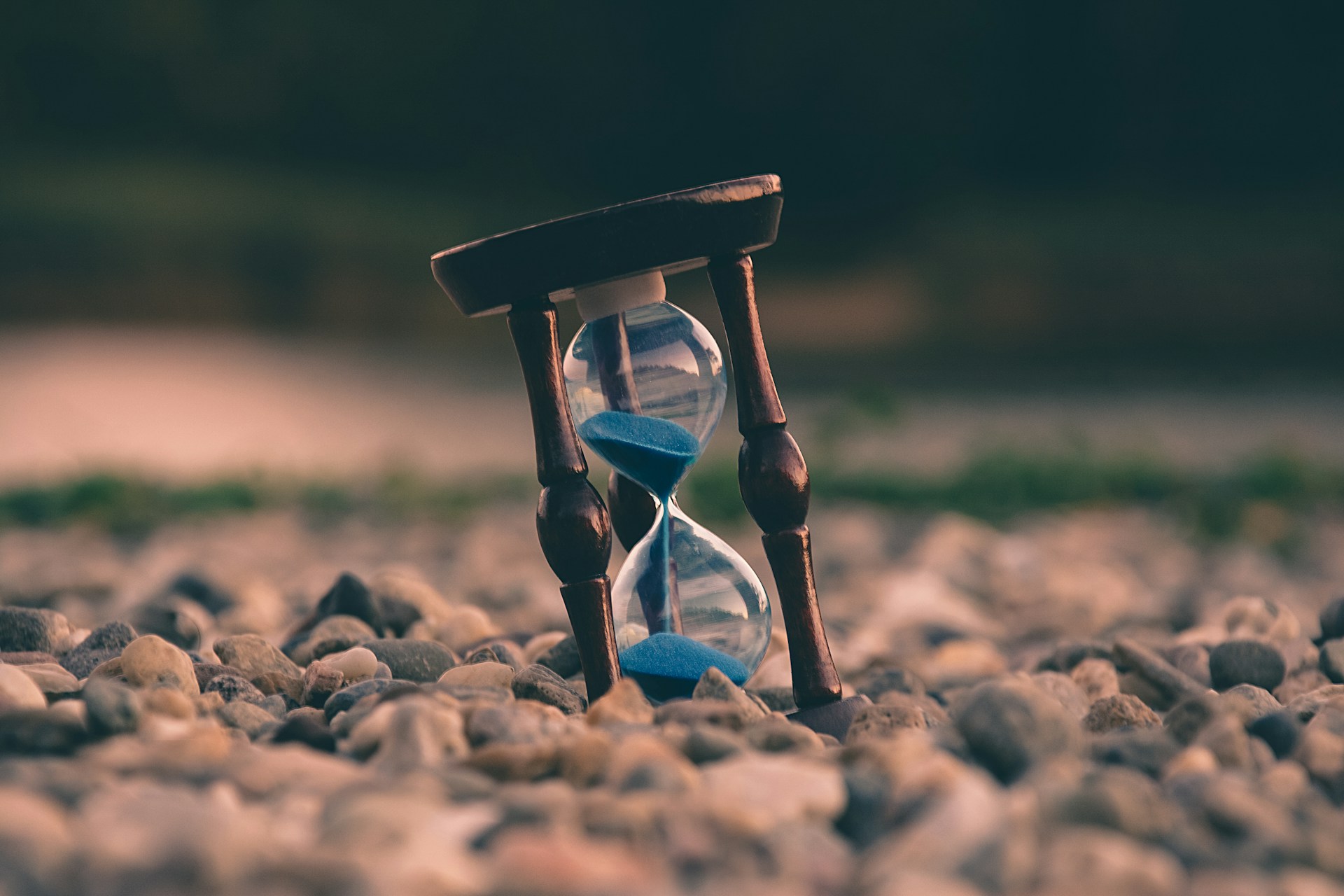
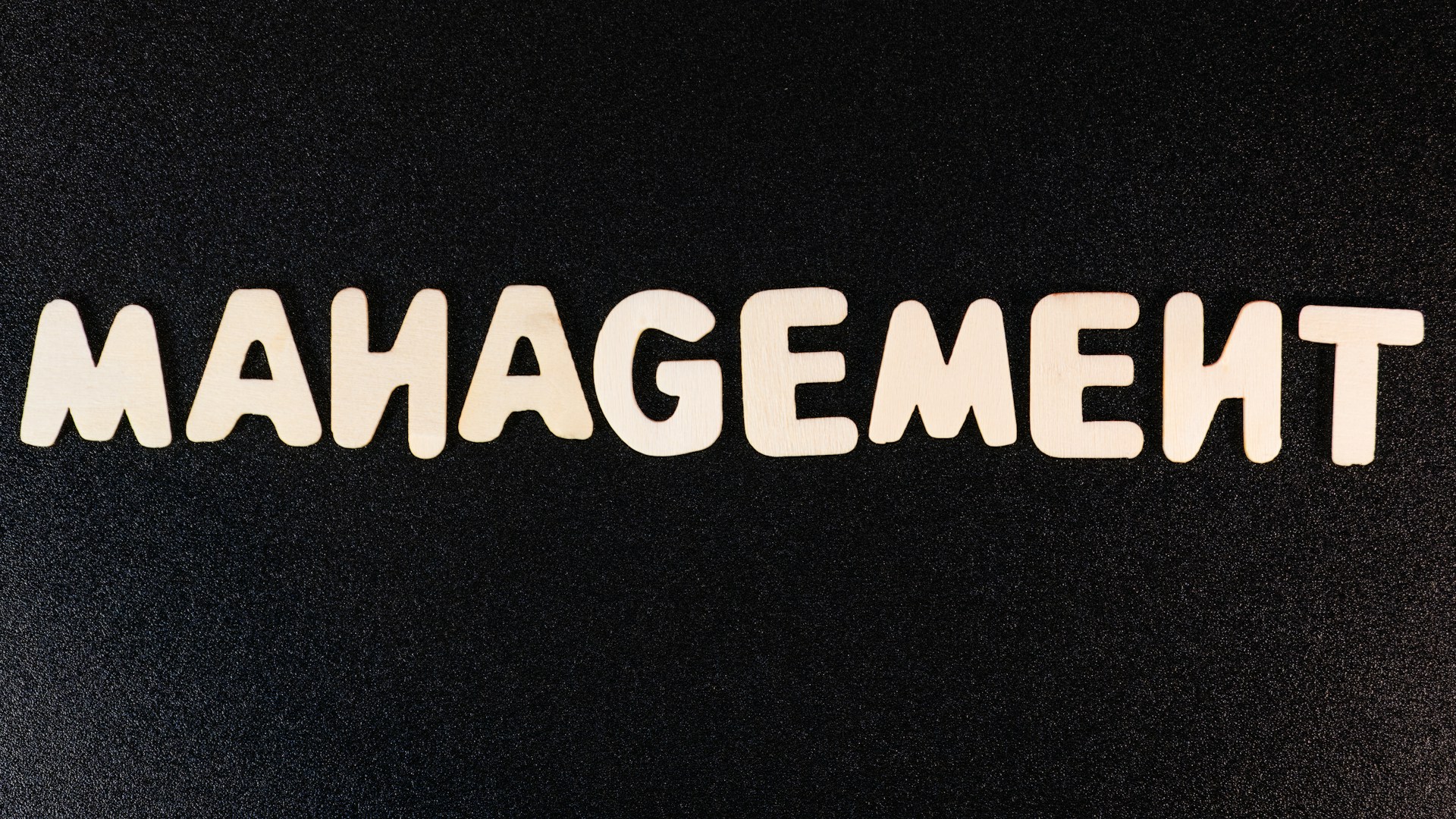

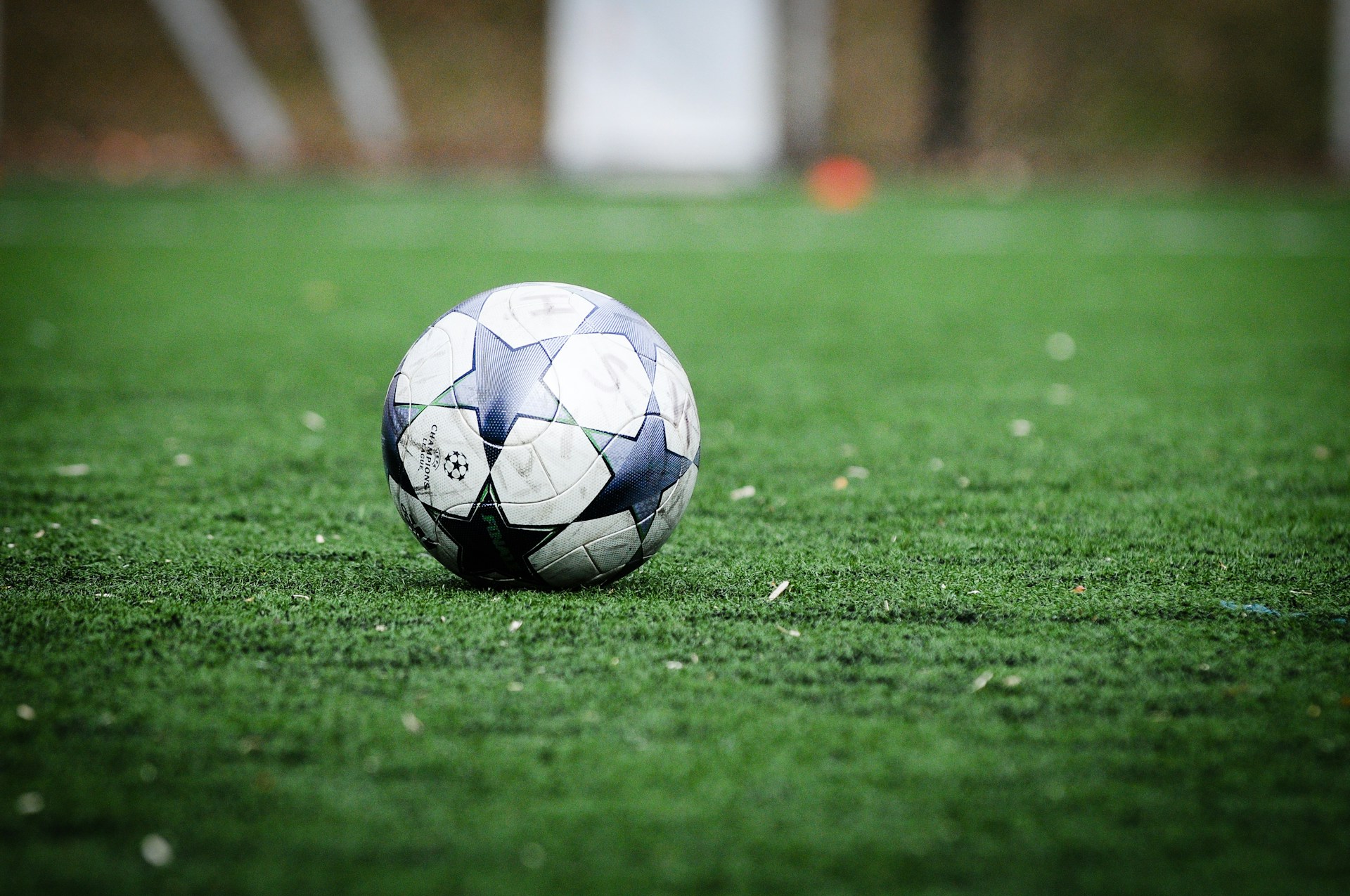



![Custom Software Development Rates by Country [2024]](/assets/images/expertise/it_service/generative-ai-services-hero-banner.webp)





